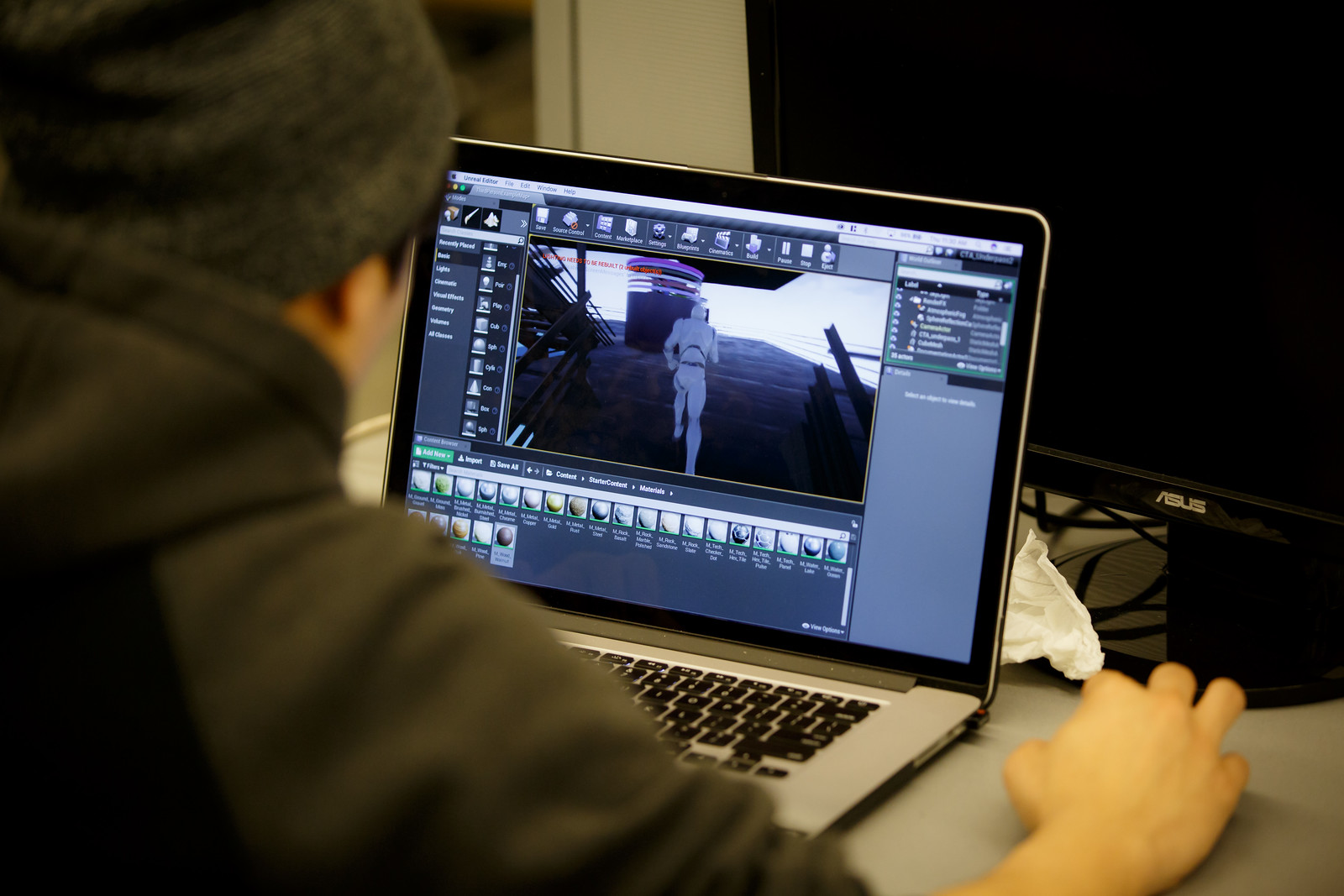Arts in the digital era

Arts and technology have always been inter-related. Artistic expression has been facilitated thanks to technological innovation that enabled artists either to adapt technologies meant for other purposes, or to invent them as a way to foster the creative process.
The past 30 years have seen the rapid development and deployment of digital technology, and an ever-increasing use of information and communications technologies for all sorts of needs, including artistic expression. One of the most recent innovations, artificial intelligence, has already found its way into artists’ studios and the creative process.
The European Union faces international competition not only with regard to technological progress and art markets but also to the use of new technologies for artistic expression. Therefore, to keep their competitive edge, EU artists need to acquire skills and competences also in high-tech fields, and the research and innovation community needs to keep abreast of evolving developments.
The EU is soon to adopt its financial framework for the next budgetary period (2021-2027) and is discussing the levels of funding for its various support programmes, such as those for research and innovation, for cultural and artistic activities, and for the accomplishment of its digital single market, which among other things allows diverse operators and consumers to meet and interact. The discussions on these funding programmes also touch upon funds for projects on the interaction between arts and technology.
